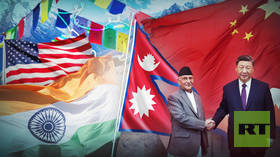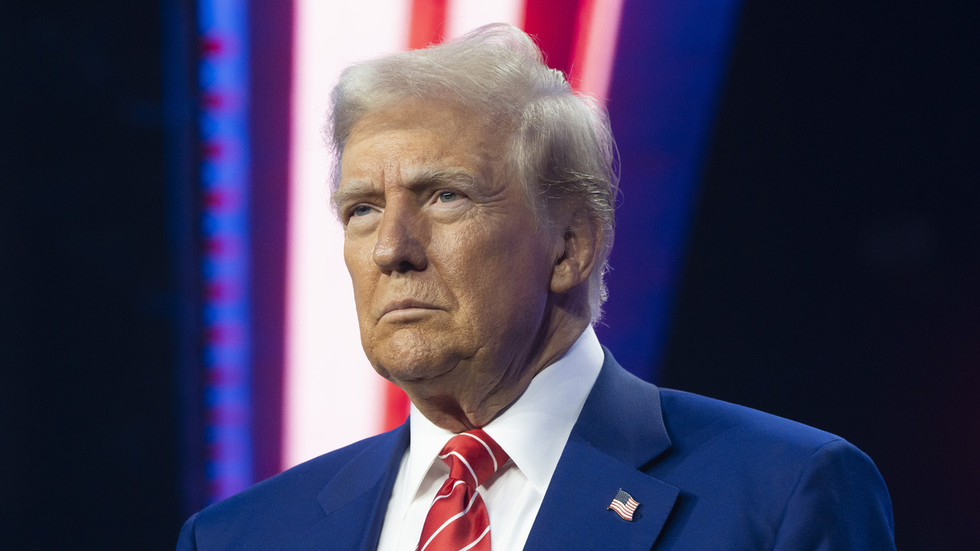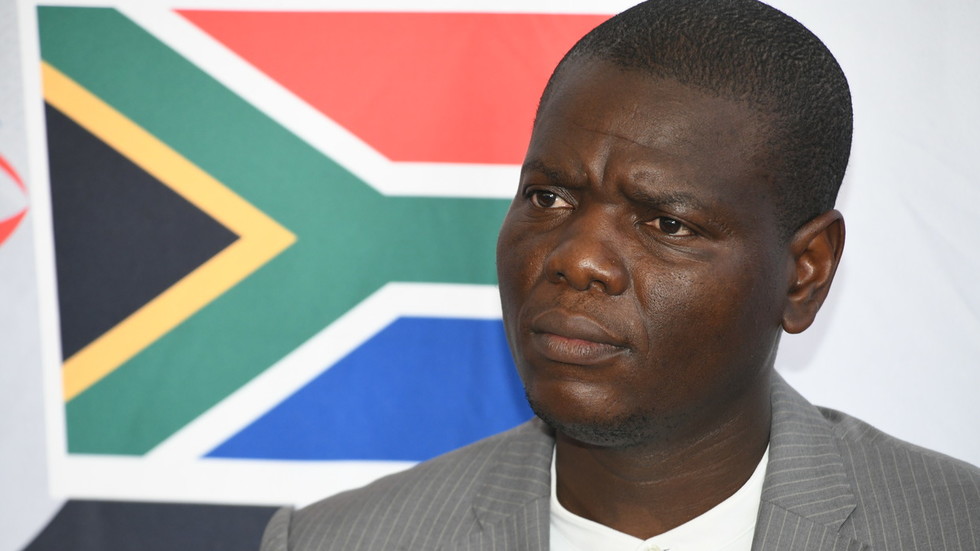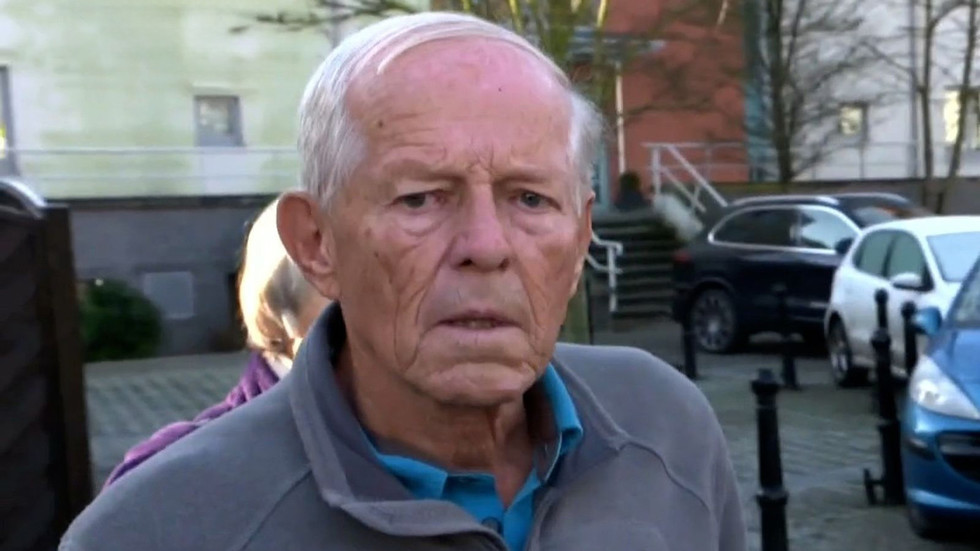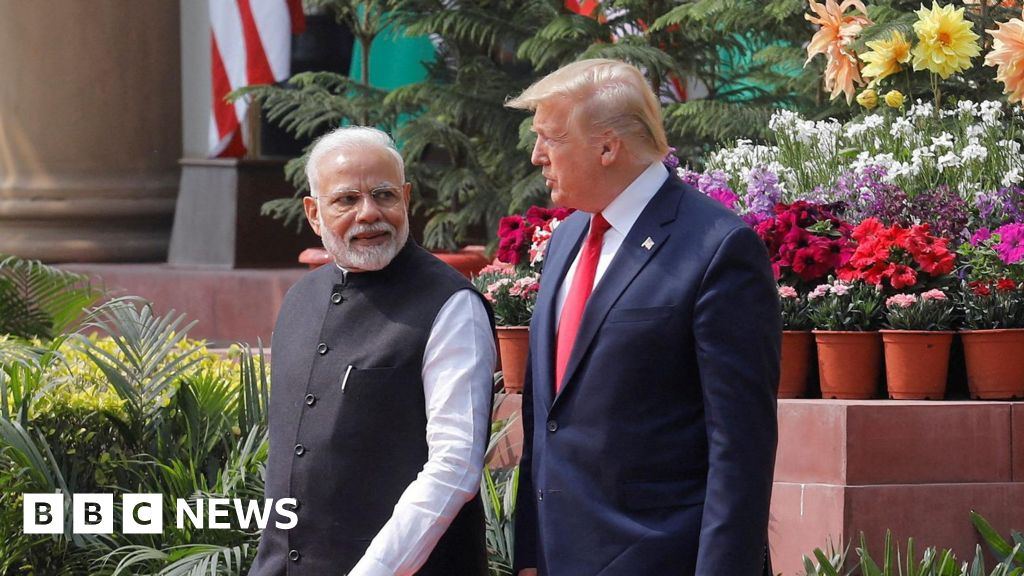Despite Nepal being blessed with abundant water resources, India has the main say in its energy security
Nepal’s current total energy demand is around 1,900 MW during peak hours. Due to a lack of energy, however, Nepal’s industrial sectors have limited production from eight to ten hours a day. And the culprit is its neighbor to the south, India.
According to the Nepal Electricity Authority (NEA), the problem will grow in the coming dry season from February to April. NEA spokesperson Chandan Kumar Ghosh said energy may become more scarce due to reduced energy production. “Our production is reduced by one-third during the dry season, out of the total capacity,” Ghosh told RT. “So, this year we may have to struggle with various issues.”
According to NEA data, Nepal has a capacity for energy production of 3,403 MW during the monsoon. However, during the winter, production suffers. In 2024, Nepal lost major hydropower capacity due to floods. The Upper Tamakoshi, with 456 MW, is an example of a plant that fell short in fulfilling production requirements.
Energy flows
India is a key trade partner of Nepal. According to the Ministry of Commerce and Industry in New Delhi, India accounted for 64.1% of Nepal’s total trade, around $8.66 billion in Nepal’s financial year 2022-23. Part of that trade is in energy.
During the monsoon, Nepal exports energy to India – while in the winter and dry seasons, Nepal imports energy from India. In previous years, Nepal received around 600 MW of energy per day. This year, however, India did not export energy to Nepal during peak hours.
“This year, Nepal and India could not reach an agreement to export energy from India to Nepal during peak hours, so we are facing challenges. We hope this problem won’t persist next year. We have provided energy to consumers during peak hours by reducing energy supply to industries,” Ghosh said. “We have managed our energy so far.”
Nepal cannot easily engage in energy trade with countries such as China, as there is no infrastructure – firstly, transmission lines. Besides, China and Nepal have geographical challenges in constructing transmission lines. Nepal is surrounded by Indian territory on the west, east, and south, leaving no opportunity to trade energy with other countries without India’s consent.
In October last year, Kathmandu, Dhaka, and New Delhi signed a trilateral pact to facilitate exports of 40 MW of energy from Nepal to Bangladesh between June 15 and November 15 for five years via India’s grid.
On November 15, energy officials from the three countries jointly inaugurated the power flow. “This historic occasion marks the first trilateral power transaction which has been carried out through the Indian grid,” New Delhi said in a statement. However, officials in Nepal anonymously say that the actual implementation of the energy sharing arrangement is in doubt due to various factors, from political, as a result of a change of government in Dhaka, to technical: Nepal’s power generation has not been sufficient.
India’s role
Nepal currently has 3,403 MW of energy production capacity. According to various studies, Nepal’s hydropower capacity is about 42,000 MW. Currently, projects with a total of 11,218 MW potential capacity have received construction licenses from the department of electricity development. Among them, 8,000 MW of projects are held by Indian companies, including the 900 MW capacity Upper Karnali, undertaken by the Indian GMR group for 14 years.
India is looking at other significant hydro projects in Nepal, having proposed projects with a capacity of 1,030 MW (Upper Arun), 762 MW (Tamor), and 1,902 MW (Mugu Karnali).
According to media reports, India has played a role in delays regarding the 1,063 MW Upper Arun project, which would be Nepal’s largest hydropower project so far, with an estimated cost of $1.8 billion. The World Bank was seen as the primary financier of the project; however, reports suggest it is likely to withdraw.
Sources in the Nepal government suggest that India, which is systematically obtaining permits for the construction of large hydropower projects on Nepal’s rivers through state-owned companies, aims to bring the Upper Arun project under its control.
A government official who wished to not be named suggested that India, which has been “pressuring Nepal in the electricity trade,” is “blocking the entry of electricity generated in Nepal during the rainy season into its market by imposing quotas.” He also claimed that India’s reluctance to sell the electricity needed during the winter months is disrupting Nepal’s power supply system.
India’s changing policies, dictated by geopolitical realities, also seem to impact Nepal’s hydropower sector. In 2018, New Delhi issued Guidelines for Import/Export (Cross-Border), which aims to prevent the purchase of power produced via the investment of nations with which it does not have a “bilateral agreement on power sector cooperation.” This effectively means Indian cannot buy hydropower produced by Chinese-funded or Chinese-built plants.
Due to this, several Chinese investors and companies have reportedly withdrawn from Nepal. Reuters reported last year that since India’s power purchasing policy shift, Nepal has removed Chinese developers from six hydropower projects and given four hydro contracts to Indian companies.
Energy self-reliance for Nepal?
Former NEA managing director Hitendra Dev Shakya said Nepal’s energy security has become weak. “The key lies with India,” he claimed. “India does not accept Nepal’s energy during the monsoon when Nepal has a surplus, and likewise, during the dry and winter seasons, India does not export energy to Nepal. Additionally, India does not agree to investments from other countries in Nepal’s energy sector.”
For the past few years, Nepal’s surplus energy during the monsoon has gone to waste due to insufficient energy import by India. NEA data shows that a maximum of about 900 MW was exported to India.
Ghosh acknowledged the waste. “This is a serious concern. We have lost a significant amount during the monsoon,” he said. However, he does not agree that Nepal’s energy security is entirely dependent on India. “We need to develop storage projects and increase production. If we do the necessary work, there is no need to blame others.”
Energy experts echo his sentiments. They believe Nepal should increase energy consumption capacity, develop storage projects, use energy storage techniques, and invest in expanding transmission lines.
Ram Prasad Dhital, the chairman of the Electricity Regulatory Commission, says Nepal needs to amplify transmission lines and provide energy to industries. “Nepal’s industrial sector is facing energy scarcity,” he said. “If we can provide them [energy], it will be better. During the dry season, we must develop storage projects that can provide energy during peak hours.”
Hitendra Dev Shakya suggested reducing energy prices for the industrial sector and domestic consumers, as well as investing in storage technology, which would be cheaper than wasting energy during the monsoon.

 8 hours ago
4
8 hours ago
4
